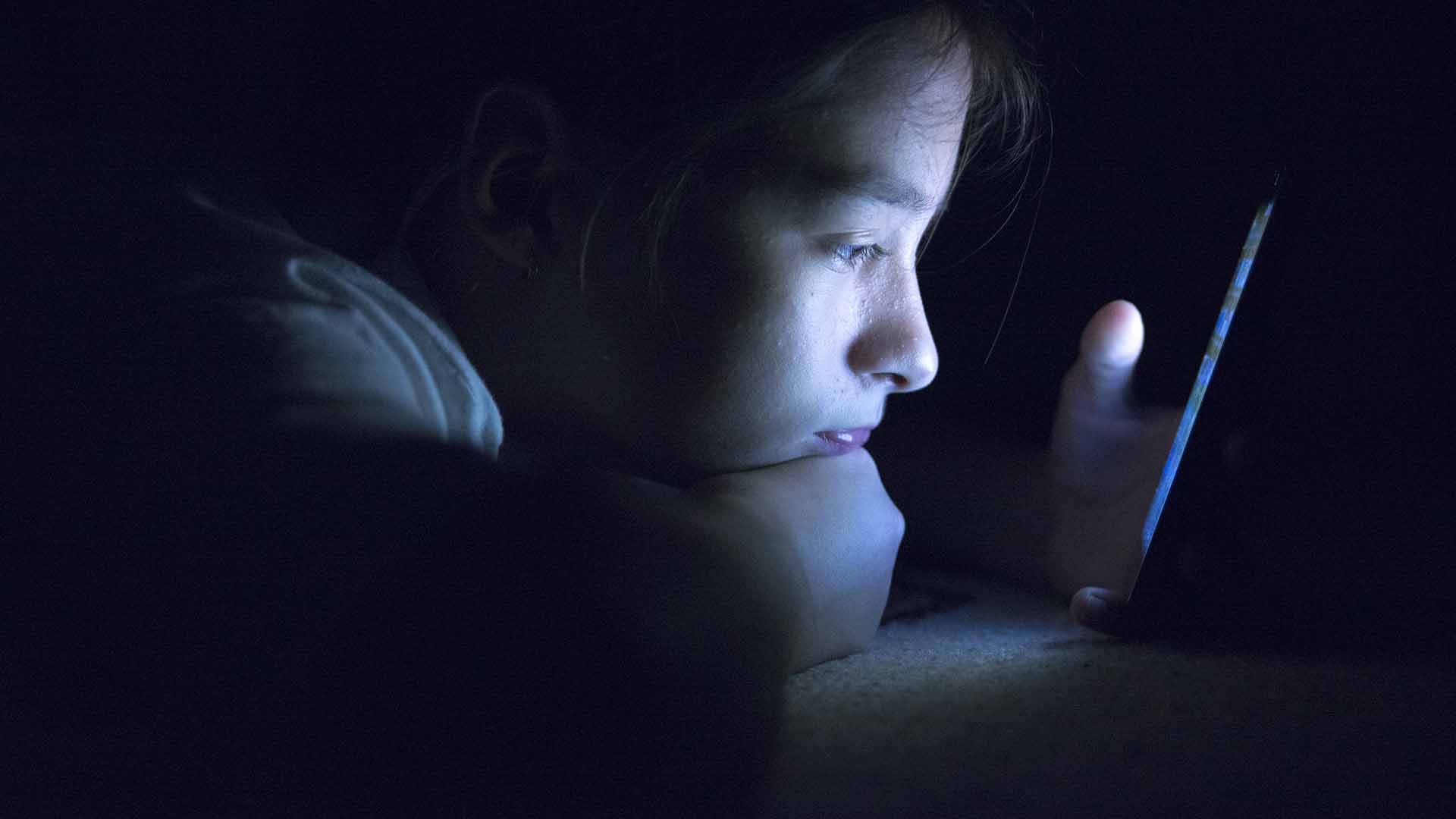-
Youth mental health needs to be community priority, Australian experts are emphasising, as a recent study of 15,000 people aged 15-19 reveals over 21 per cent may be experiencing serious mental health issues, and less than 40 per cent are comfortable seeking help.
The Youth Mental Health Report – released in June 2014 by Mission Australia and the Black Dog Institute – is the largest national survey of its kind, and provides valuable insights into the issues and concerns affecting young people and the current state of adolescent mental health across Australia. It further confirmed what mental health practitioners have long known – that young people are particularly vulnerable to mental health issues, and better support is needed.
“We know that many of our youth are struggling with complex issues, and it’s impacting on their ability to transition with confidence into adulthood,” says Catherine Yeomans, Mission Australia CEO. “This report makes it clear that Australian youth – particularly those facing significant disadvantage – need more support, not less. We must invest in early intervention and support to ensure vulnerable youth get the assistance they need to work through these challenges and live happy and healthy lives.”
How to improve youth mental health and wellbeing
“To achieve wellbeing young people need a safe and stable home, a school environment that fosters positive social connections, and genuine opportunities for education and training,” says NSW Mental Health Commissioner John Feneley.
“Parents, schools, community leaders and service providers need to listen to what young people say about what supports work for them and why, and to act on that advice by ensuring more young people are provided with the right supports sooner. With the right supports in place, a challenge in a young person’s life can become an experience that builds strength and resilience.”
The Youth Mental Health Report provides a range of recommendations for improving the mental health of young Australians. Some of these strategies include:
1. School programs. Mental health should be targeted in schools through awareness and early intervention programs. “We need to teach appropriate mental health strategies and awareness in schools, just like we teach English, maths and science,” says Professor Helen Christensen, Director of the Black Dog Institute.
2. Peer education and support. A key issue in the development of mental health difficulties is often the isolation felt. To combat this, peer support networks that build connectedness among youth have been found to be successful. Peer initiatives have also been shown to enhance young people’s self-esteem, self-efficacy and sense of control over their own lives.
3. Reducing stigma. Mental health stigma – both from the public, and the internal attitudes one might feel about their own mental health difficulties – is a significant barrier to help-seeking in young people. Initiatives such as the Black Dog Institute’s Headstrong program have been shown to be effective in reducing stigma in schools. (Read more about steps we can all take to reduce mental health stigma.)
4. Community focus. Effective early intervention and prevention strategies require a whole of community focus. “The community as a whole needs to acknowledge this problem and start the right conversations,” Professor Christensen says.
5. Online support. Many young people are more comfortable turning to online channels for support, information and advice than approaching parents, teachers or mental health professionals, the report found. “We need to provide quality support and advice via channels that they are comfortable approaching,” Professor Christensen says. Online programs, such as beyondblue’s BRAVE anxiety program, also make support more accessible to a wider range of people, including those in remote and rural locations.
6. Culturally appropriate services. The survey found that Aboriginal and Torres Strait Islander respondents were more likely than non-Indigenous youth to be experiencing mental illness. Ensuring culturally appropriate service delivery for Indigenous and culturally and linguistically diverse communities is essential for helping particularly vulnerable groups.
7. Better understanding for families, teachers and youth workers. As well as focusing on young people themselves, it’s important to build a better understanding of youth mental health issues among those who interact or work closely with adolescents, helping them to develop effective skills and strategies for providing support for young people.
For more information, view the full Youth Mental Health Report , or visit Mission Australia or the Black Dog Institute.
One in five young people may be experiencing mental illness, Australia’s largest youth mental health survey has found. Here’s how we can work together to create change.
7 steps to better youth mental health

-
The link between stress, anxiety and jaw pain
Physiotherapist Michael Chan explains how stress and anxiety can cause jaw pain, and how to help get some relief.
-
When you can't sleep next to your partner
You love everything about them – except their sleep habits.
-
The 7 best sleep apps
7 apps for deep restorative sleep
-
5 ways to relieve stress
Discover 5 easy stress-relief techniques to calm your mind and body. Try exercise, breathing, outdoor time, positive self-talk, and more for a balanced life.
-
The psychology of why travel is so good for you
Travel can challenge us, spark our creativity and refresh our headspace. Here's why you should start dreaming up your next adventure.
-
Are you getting too much blue light exposure?
Vision Eye Institute ophthalmologist Dr Lei Liu explains.
Subscribe to receive the best from Live Better every week. Healthy recipes, exercise tips and activities, offers and promotions – everything to help you eat, move and feel better.
By clicking sign up I understand and agree to Medibank's privacy policy

.jpg)




